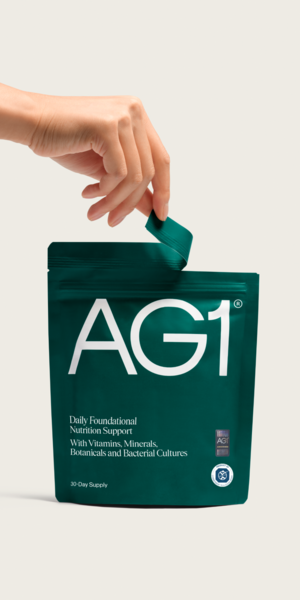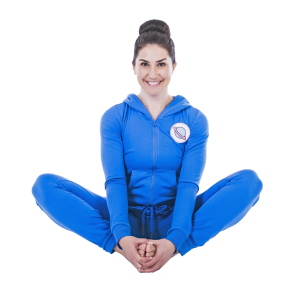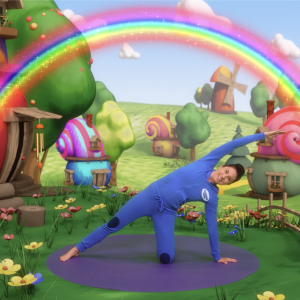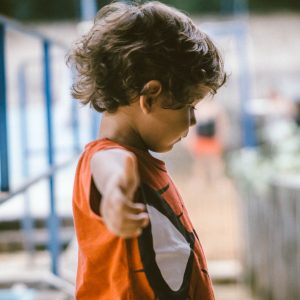How to get your kids to practice yoga and mindfulness to help with mental, social and emotional challenges
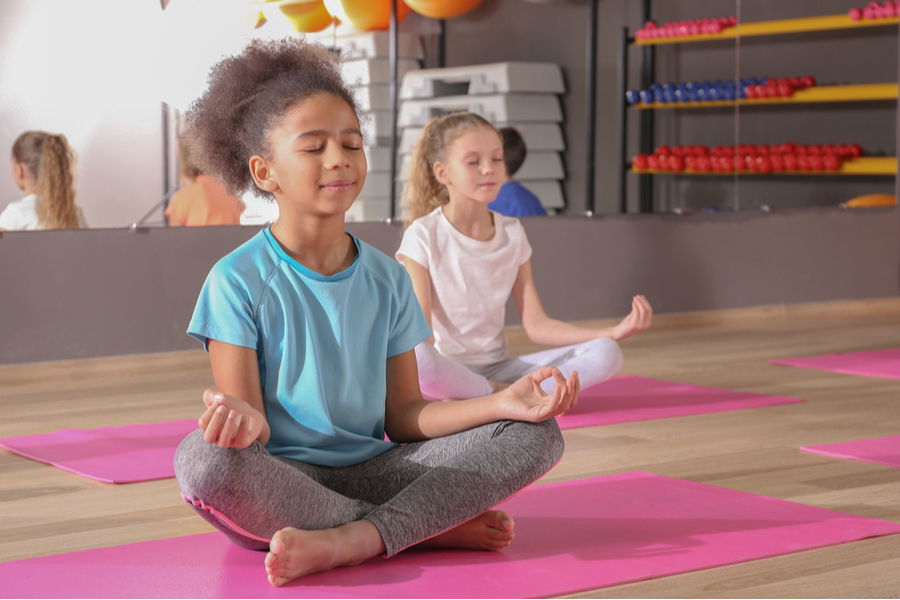
Anyone who had young children around the house during lockdown will be more than a little familiar with Jaime Amor, engaging in a spot of fairy floss yoga, doing her downward dogs to a backdrop of Frozen tunes, or taking some superheros on a yoga adventure in space. She’s the yoga teacher and founder of the massively successful Cosmic Kids Yoga YouTube channel that has 270 million views and counting – indeed, it wasn’t only Joe Wicks (aka The Body Coach) who was the saviour of the pandemic – for anyone under the age of 8, Jaime was right up there with him. “I wish yoga and mindfulness for kids had been around when I was 6. It’s one of the major reasons Cosmic Kids Yoga exists now,” she says. “How helpful it would have been back then to learn what my feelings are, to learn about my body in a non-judgemental way and to have some emotional skills and tools to take me into my teenage and adult years.”
Starting early with yoga and wellness is key to becoming a more mindful teenager and, ultimately, adult. “Mindfulness is an essential tool for life and when it’s delivered in a way kids understand, they instinctively know how important and helpful it will be for them. Mindfulness is not just about sitting still and breathing. It’s about understanding your thoughts and feelings, responding rather than reacting, noticing and being aware, dealing with mental, social and emotional challenges, self-care, regulating your energy, being kind, empathetic and compassionate and having a healthy outlook on life.” says Jaime. “When you learn about mindfulness and how to use it, you equip yourself to deal with the major issues that crop up as you grow up – peer pressure, body image, exams, relationships, and responsibility.”
Jaime shares her thoughts and tips on yoga for kids
Why should kids do yoga?
Yoga works for everyone. Each pose is an opportunity to know yourself better as you move into it, stay there and breathe, noticing sensations in your body. The more you do it, the stronger you get. Your balance improves and on the inside you find new levels of confidence as the connection with yourself deepens. In yoga, you are in the moment. It’s a moving meditation as your body and mind work together in each pose. Hence, worries and stress recede when you practice. Your mind clears and after the final relaxation pose – savasana, you feel lighter, calmer and peaceful. For kids this goes even deeper – attention and concentration levels increase. Healthy sleep patterns develop. And with a clearer mind, their ability to learn improves. It’s why so many teachers are now using yoga regularly in their classrooms to help kids get the most out of their learning.
How do we get them to do it?
For kids, yoga needs to be fun. It also needs to be achievable for them to get that ‘I can do it’ spark of confidence. Use basic beginner versions of poses. If kids recognise the poses and what they relate to, they connect with them. Use definitions of poses they understand – boat, tree, lion, cat, dog, butterfly, happy baby.
Use imagination – artistic license to interpret poses so they work for kids. A good example is telephone pose which kids love. Put simply, you sit and hold the sole of one foot to your ear! Something kids can do much more easily than adults! In adult yoga, this is a variation of Akarna Dhanurasana 1. But to make it fun (and understandable), go with what it looks like – a foot phone!
Add character to poses. For dog pose, give your dog a name, a personality, a funny voice. Then try weaving the poses together in a story. When you sequence the poses into a story, it becomes entertaining for kids to listen to and act out. Download our posture poster to see 50 poses kids love and see what stories you (and the kids) can come up with.
Get them to think about their mind like a pond. In the pond are lots of fish – a happy fish, sad fish, angry fish, excited fish, worried fish and so on. Each fish is a different feeling and they are all swimming around in the pond. Let the kids know that their job is to just be the pond rather than be the fish. The idea is that the kids just watch the fish. Let them all be there, swimming around. And rather than get swept up by ‘being’ one of the fish… they just need to be the pond. This allows them to get perspective on all their feelings and accept them so they they don’t end up acting impulsively on a feeling or doing something they will later regret. Try Be the Pond from our mindfulness series.
How to get kids to practice regularly
It works best when kids decide they’d like to practice. Kids don’t get much choice in their lives, so when you give them an opportunity to choose something, they love it and are much more likely to follow through and do it. Of course, make your own parameters for this. With Cosmic Kids you could offer them a menu of yoga adventures. Some kids like to be left alone to get on with it, others like a parent or sibling to join in. Some kids enjoy doing the same video over and over (Frozen Yoga anyone?) others like to pick different ones each time. Kids are creatures of routine, and routine is a great bedrock for yoga practice. Make yoga a before or after-school or before-bed activity so they get into the habit of doing it at the same time each day.
Find out more about Cosmic Kids Yoga on their website https://cosmickids.



